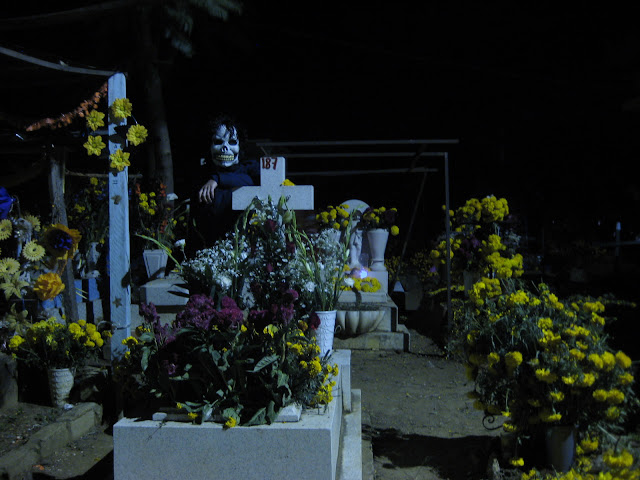Without the Twin Towers, Downtown New York is barely recognizable. Its dumpy oblong skyscrapers could be anywhere – Phoenix, Atlanta, Vancouver, Miami, Seattle, even Bogotá. Along with the Empire State Building, they were the defining insignia, the animistic totem of the tribe of New Yorkers. Now, Downtown could be anywhere, anyone’s.
Which is which?
Which is which? Answers at the bottom of this post.
The city’s identity is saved by the Empire State Building in Midtown, and the monumentally over-sized bridges of the East River. These symbols retain the distinctive arrogance of the new imperialism, as the palaces of London, Paris and Vienna manifest the contempt of the wealthy imperialist for his pillaged colonies.
Architecturally, in New York’s loss, we can see the indispensability of enduring landmark buildings in the definition of location. It is these iconic buildings which should reflect the people for whom they become a landscape, a permanent backdrop, and in reflecting them, also represent them symbolically, become their identity. Egypt and the Pyramids, Paris and La Tour Eiffel and Notre Dame, London has many defining landmarks – Tower Bridge, The Palace of Westminster perhaps above all. Thus architects have a responsibility to those in whose backyards they build – a responsibility of psychological affiliation. They must not construct their own personal visions, but use their vision to sum up the enduring and possibly concealed identity of the citizens and inhabitants of those places. These icons must be built to last, as a civilization’s identity lasts longer than the lifetime of one of its inhabitants. My identity as a Londoner comes in great part from absorbing a sense of myself through my surroundings: the River Thames, St Paul’s Cathedral, the Palace of Westminster, the BT Tower, Canary Wharf, views from Hampstead Heath and Kenwood House, Tower Bridge, the Eye, Westway, St Pancras; equally the future “identity”, inasmuch as such a thing exists, of future Londoners will continue to be fashioned by these same influences.
This necessity, for endurance and quality, must be in the forefront of an architect’s mind: will it last? is it a gift to the future of its setting? will it become part of the identity of its place? can it become its location? The swagger of riches, the two-fingered salute to socialism that the Twin Towers were, could only exist in New York, and so naturally came to be an allegory for the city.
Equally Tower Bridge, the Victorian re-invention of an idealised faux-Gothic memory, could only represent London: the centre of a country, perhaps more than any other, which is both proud of its past and hostage to it.
The Twin Towers were a timely emblem for New York and for New Yorkers. They perfectly pre-empted and went on to represent the phenomenal financial success of the 80s, they were a temple to the values of the modern capitalist paradigm. Like a symbol such as St Peter’s in Rome, they could be seen all over the city – a moral certainty, a harbinger of the new meritocracy, a reflection of what the city stood for, evidence that bigger was better. They were also what New York was to the world – confident, wealthy, brash, fearful, oversized, defiant, exhilarating.
Psychologically, psychoanalytically, Downtown Manhattan was castrated on 11/09. In "The Future Prospects of Psycho-Analytic Therapy" (1910, p144), Freud states that the child is “in fear of the father, in defiance of the father and in disbelief of the father.” This child wants both to ape his father, but also kill or castrate him. The instinctive urges of the child - of an adolescent civilization - attacked from envy what it both hates and yet aspires to be: a strong and self-determining civilization. This “father” (in this case perhaps an uncle – Uncle Sam) is powerful and vengeful, it can both bestow and withhold, save and destroy, punish and reward. Since 2001, America has reinforced the relationship of an inconsistent father alternately criticising and spoiling an angry juvenile son. Through retributions, wars, invasions and threats it punishes; simultaneously it rewards: cajoling, sweetening, rebuilding and making promises, expecting to raise the rest of the world in its own dysfunctional image, like a parent filling its child with all the faults it had.
Photos are, from top: Seattle, Miami, New York, Vancouver, Bogotá, Atlanta















